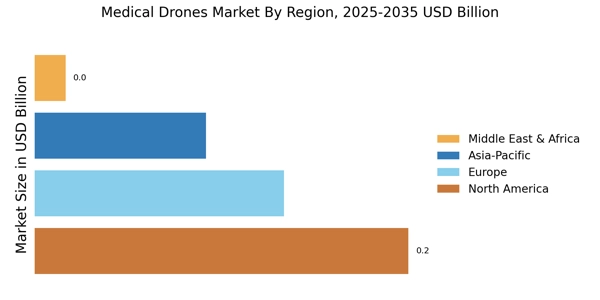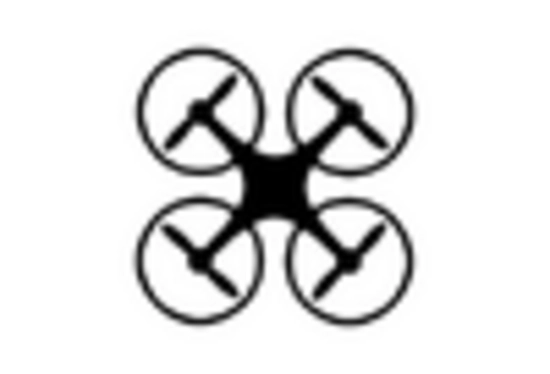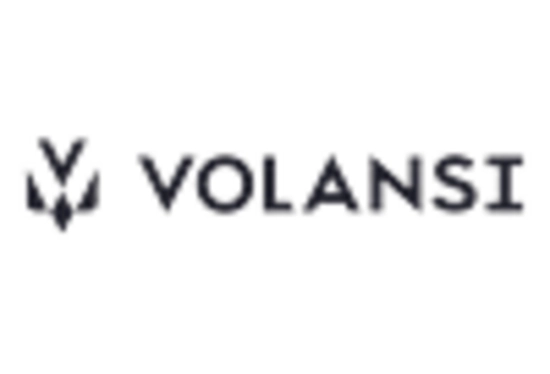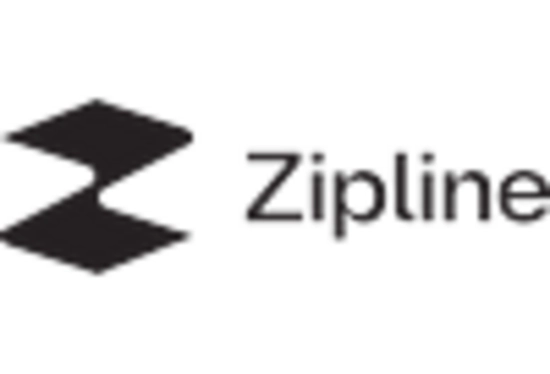Growing Investment in Healthcare Technology
The Medical Drones Market is benefiting from a growing trend of investment in healthcare technology. As stakeholders recognize the potential of drones to enhance healthcare delivery, funding for research and development is increasing. Venture capital firms and government grants are being directed towards innovative drone solutions that address specific healthcare challenges. This influx of capital is likely to accelerate the development of advanced drone technologies, such as improved payload systems and enhanced safety features. Market forecasts suggest that investment in medical drones could reach several hundred million dollars annually, reflecting the increasing confidence in their role within the healthcare ecosystem. Such financial backing is crucial for the sustained growth and innovation within the Medical Drones Market.
Technological Advancements in Medical Drones
The Medical Drones Market is experiencing rapid technological advancements that enhance the capabilities of drones. Innovations in drone design, battery life, and payload capacity are enabling more efficient delivery of medical supplies. For instance, drones equipped with advanced navigation systems and real-time data analytics can operate in challenging environments, ensuring timely deliveries. The integration of artificial intelligence and machine learning is also improving route optimization, which is crucial for emergency medical services. As a result, the market is projected to grow significantly, with estimates suggesting a compound annual growth rate of over 20% in the coming years. This technological evolution not only increases operational efficiency but also expands the potential applications of medical drones, making them indispensable in modern healthcare logistics.
Increased Demand for Remote Healthcare Solutions
The Medical Drones Market is experiencing a surge in demand for remote healthcare solutions, driven by the need for efficient medical supply delivery in underserved areas. As healthcare providers seek to improve access to essential medical supplies, drones offer a viable solution for reaching remote locations quickly. This demand is particularly pronounced in regions with limited infrastructure, where traditional delivery methods may be slow or unreliable. Market analysis indicates that the demand for medical drones is expected to rise significantly, with estimates suggesting a potential market size of over 1 billion dollars by 2027. The ability of drones to deliver vaccines, blood products, and other critical supplies directly to patients or healthcare facilities is transforming the landscape of healthcare logistics, making it a key driver in the Medical Drones Market.
Regulatory Developments Supporting Medical Drones
The Medical Drones Market is witnessing a favorable regulatory environment that supports the integration of drones into healthcare systems. Governments and regulatory bodies are increasingly recognizing the potential of drones for medical deliveries, leading to the establishment of guidelines and frameworks for their operation. For example, regulations that allow for beyond visual line of sight (BVLOS) operations are being implemented, which is crucial for long-distance deliveries. This regulatory support is expected to facilitate the entry of new players into the market, thereby increasing competition and innovation. Furthermore, as regulations evolve, the market is likely to see a surge in investment, with projections indicating that the market could reach a valuation of several billion dollars by the end of the decade. Such developments are essential for the sustainable growth of the Medical Drones Market.
Rising Awareness of Drone Capabilities in Healthcare
The Medical Drones Market is witnessing a rise in awareness regarding the capabilities of drones in healthcare. As more healthcare providers and organizations become informed about the benefits of using drones for medical deliveries, the adoption rate is expected to increase. Educational initiatives and pilot programs are showcasing successful drone operations, which are helping to dispel misconceptions and highlight the efficiency of drone logistics. This growing awareness is likely to lead to increased partnerships between healthcare providers and drone manufacturers, fostering innovation and collaboration. Market analysts predict that as awareness continues to grow, the Medical Drones Market could see a substantial increase in market penetration, potentially doubling its current size within the next five years.


















Leave a Comment